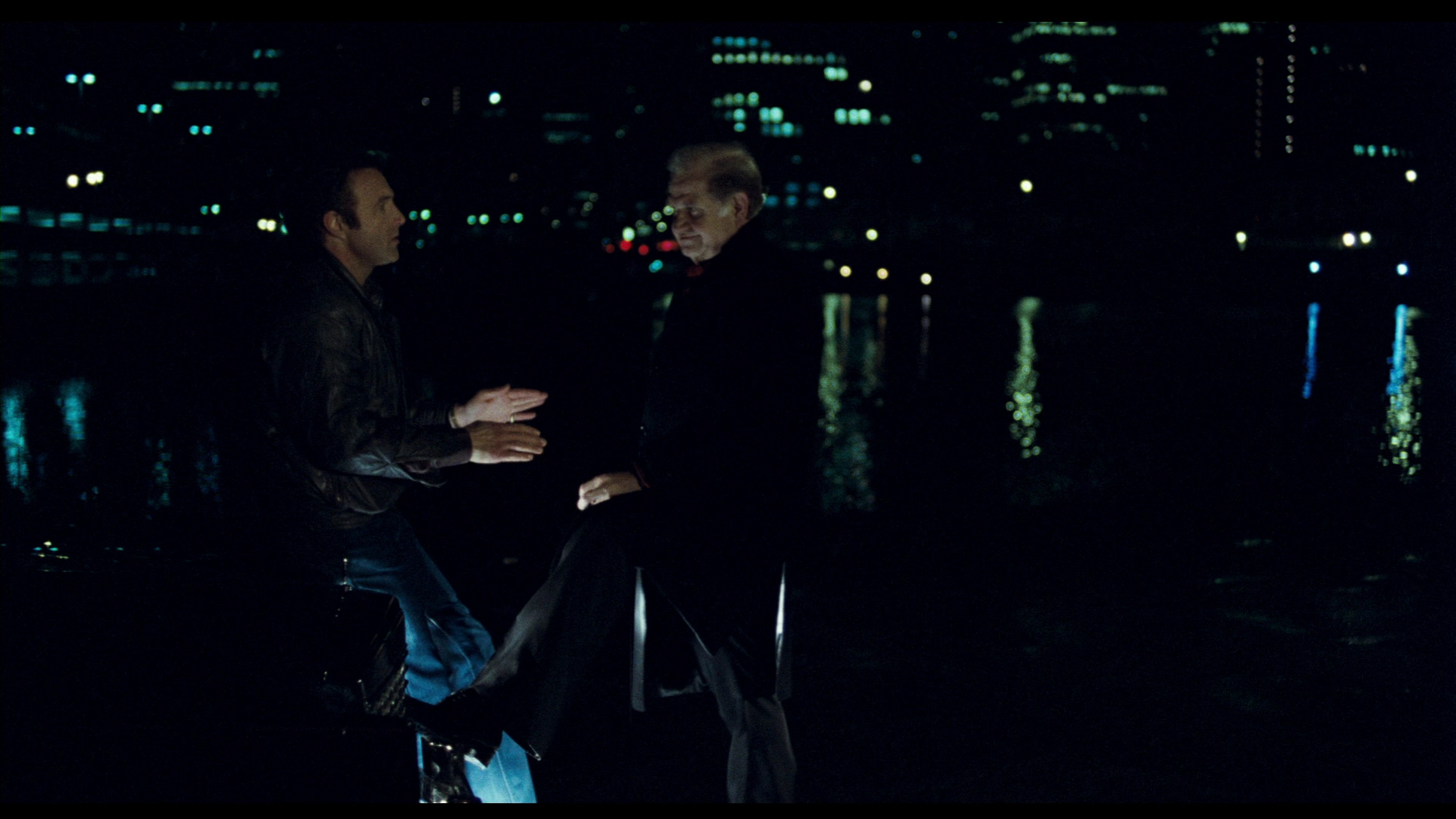

- #Thief 1981 cinematography movie
- #Thief 1981 cinematography full
- #Thief 1981 cinematography professional
Sitting across from Jessie, Frank delivers a lengthy monologue about his work, his hopes and his past - including a stretch in prison that ended with him hospitalized after killing several inmates in self-defense as well as a newfound attitude for self-preservation: “I don’t care about me … I don’t care about nothin’.” He even has his ideas for the future mapped out in a photo collage he carries with him that includes pictures of a secluded home for him and his one-day family. That scene - the two of them in a diner on their first date (to which Frank almost literally drags Jessie, confirming that he doesn’t really care about her so much as the role she plays in his plan for a new life) - is not only the movie’s strongest, it’s among the standout sequences of Mann’s career. Unlike McCauley, when Frank meets his dream girl, a waitress named Jessie (Tuesday Weld), he shocks both her and the audience by being completely upfront about his troubling past.

Like McCauley, Frank’s prospects of retirement involve a hastily formed romance with a woman who’s all but unaware that she’s this man’s last-ditch attempt at normalcy. Those familiar with Mann’s 1995 classic Heatmay notice that Frank is nearly identical to Neil McCauley, Robert De Niro’s character in that film. Nonetheless, before any blood starts spilling, Thief’s plot is primarily concerned with setting up Frank’s big shot at finding happiness. Naturally, Frank’s criminal lifestyle eventually puts him in the crosshairs of some dangerous people, chief among them being his new employer - an aging but ruthless mob boss named Leo (Robert Prosky) - and it becomes clear pretty early on that things are headed toward a gruesome climax. By no means does Mann want us to view Frank as an aspirational figure, but there’s also an immense pleasure in watching someone carry off wild and dangerous shit with total aplomb. No one likes a well-executed piece of competence porn as much as Mann does, and Frank is beyond competent.
#Thief 1981 cinematography professional
The opening-credits montage of a diamond robbery, where he’s using high-powered drilling equipment to break into a highly secure safe, show every step of the safe-cracking process to key viewers in on two details: 1) Frank is a consummate professional whose vast knowledge of his craft and calm reserve allow him to pull off jobs with stunning efficiency and 2) these heists are quite badass. Similarly, Tangerine Dream’s score is appropriately moody and sleek for an 1980s crime-thriller, but distinct touches - a note from a warbly synth that lingers a couple seconds longer than you expect - instill the film with a melancholy that only intensifies as we learn more about Frank.įrank is, like virtually all of Mann’s protagonists, the absolute best at his job. But all that style isn’t a substitute for compelling characters instead, they mirror the essence of Thief’s antihero, Frank (James Caan), a professional safe-cracker whose cool demeanor masks real sorrow.
#Thief 1981 cinematography movie
So yeah, on a visual level alone, Mann’s first movie was already more impressive than most directors’ tenth. Although you’d miss out on Tangerine Dream’s woozy synthesizers, to watch Thief on mute would be mesmerizing enough on its own thanks to Donald Thorin’s cinematography candy-colored street signs reflect and shimmer off rain-slicked city streets, while even mundane locales are drenched in deep shades of blue.

But in 1981 - with only a handful of television credits under his belt - Michael Mann released Thief, and contained within the movie’s neon-noir vision of Chicago were all the hallmarks that would later come to define his work: the lonely machismo, the career criminal with dreams of domestic bliss, the battle between morality and criminality in a man’s soul and, of course, that sweet, sweet style.
#Thief 1981 cinematography full
Rare is the directing debut that is so immaculately put together, the filmmaker’s voice feels full formed right out the gate. To the naysayers this month, we say … C’mon, Mann. And few action filmmakers so invigoratingly depict the deliberate tension and swift snap of violence. But no modern director feels as attuned to crime’s contradictions, the perils of punitive pursuits and the roiling emotions running through both. Some may argue that if you’ve seen one of Mann’s often bleak, typically brooding and always beautiful meditations, you’ve seen them all - the buffet of bokeh cinematography, the ominous electronic soundscapes and, more recently, washed-out digital cinematography that seems captured on a refurbished BlackBerry someone then dropped on the ground. In the world of Michael Mann, no successful justice is wholly righteous, no bad deed is without a thrill, and whether physical, historical, social or existential, everything boils down to an act of violence.


 0 kommentar(er)
0 kommentar(er)
